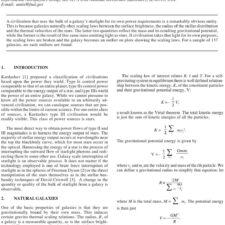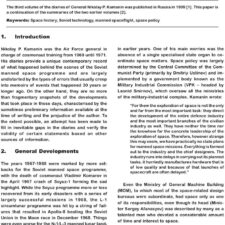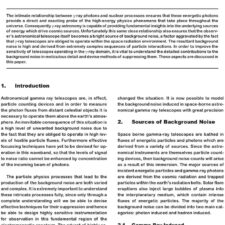Collective Communication Strategies for Space Exploration
£5.00
C. Saunders et al. (2019), JBIS, 72, pp.416-430
Refcode: 2019.72.416
Abstract:
This work compares the efficiency of three co-operation strategies that enable a simulated swarm to collaborate on a searching task. Communication between swarm entities is in the form of direct peer-to-peer messages. This contrasts with most swarm research which seeks to mimic the indirect communication observed in nature. A simulation was created using C#, swarm robots of different colours are placed on a 2D grid and given the task of finding and collecting items that match their colour. If they encounter an item of the opposite colour, they send a message to their closest neighbours who then pass it on to other swarm entities. Robots that match the colour of the item in the message can respond to the help message and move to the item’s location. The co-operation strategies dictate how many robots are permitted to respond to a help message, the number of responders can be one or many robots depending on the strategy that is being used. The first strategy permits an unlimited number of swarm robots to respond to a help message. This can lead to an inefficient outcome as the amount of time it takes to find all items is increased due to the mass movement of the swarm to one item. The second strategy limits the number of responders to a select few. The third strategy implements a dialogue with other swarm members and chooses one robot to be the responder. Several metrics are recorded and compared in order to analyse the performance of the strategies. The signal communication reach can be configured from low to high, a higher range increases the traffic between the swarm. The research explores the trade-offs involved with using different signal ranges. A higher range increases intra-swarm communication which results in a larger number of wasted steps taken when responding to help requests. When the signal range is low, the overall simulation time increases as there is less swarm co-operation. Future research will involve the implementation of an Autonomic Manager that can analyse the metrics and switch communication strategies in real time to adjust to changing circumstances.





